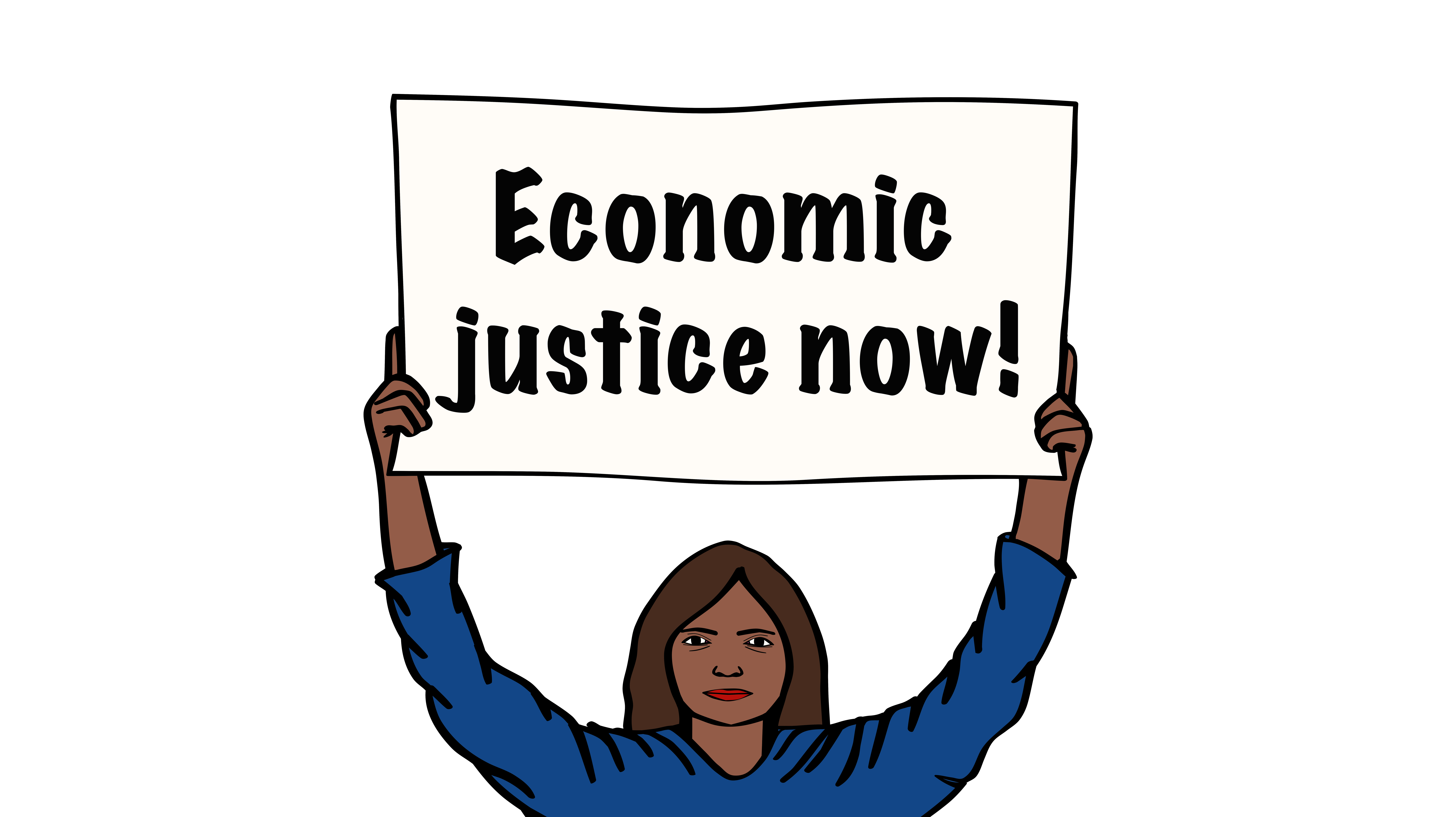Bangladesh is registered by the UN as one of the world’s least developed countries. Although poverty rates have been reduced substantially over the last 20 years, by 2022, over 18 per cent of Bangladeshis were still counted as living in poverty and over 5 per cent were considered as living in extreme poverty. Meanwhile, income inequality is high and on the rise.
For more information see the summary report.

